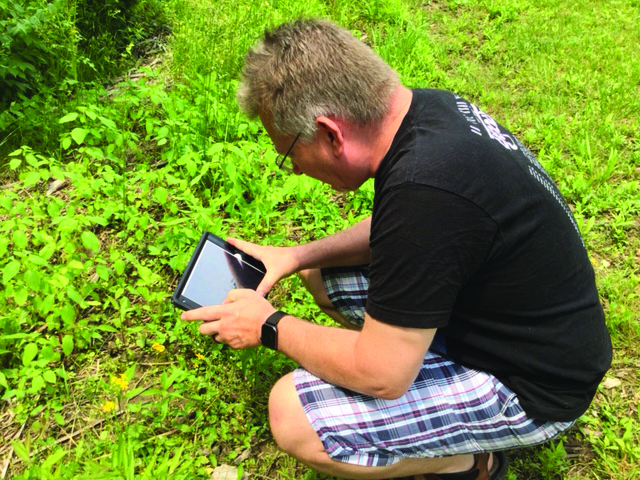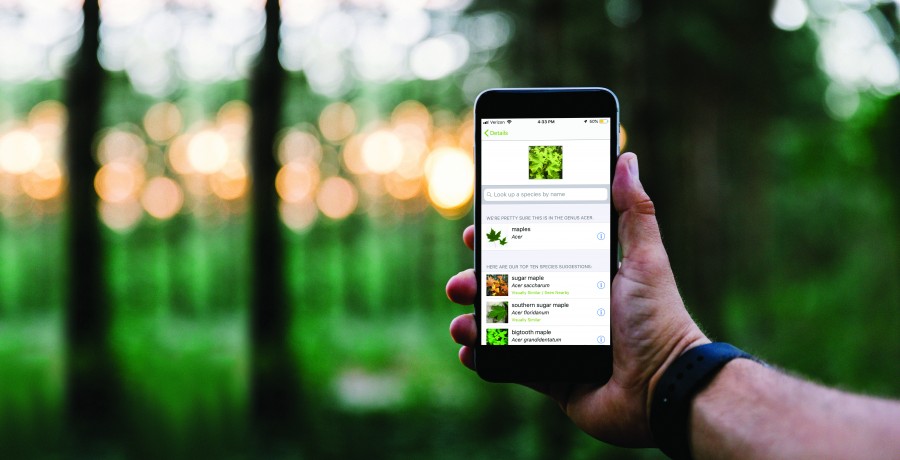Blog
Knowledge & Confidence in the Palm of Your Hand

By Connie O’Connor
Here’s a confession: I sometimes dread “what’s this” questions when leading a hike. When I teach Ohio Certified Volunteer Naturalist students, they express similar concerns. We can’t know everything, but insecurity can deter potential volunteers. Happily, I’ve experienced an empowering app called “iNaturalist”.
“I could do this all day!” exclaimed my husband Tim after he downloaded the app during a recent camping trip. Tim is already an avid nature lover and lifelong learner, but dragging ID guides along on our weekend was not practical. A smart phone or ipad is easier.

Board member Marge Anderson explained her appreciation of iNaturalist. “Sometimes I enjoy nature and don’t need to name everything, but it’s nice to have a starting place if you see something and want to learn more. I quickly get suggestions from other observers by taking a picture. It’s exciting when someone sees my picture and suggests a name. Then I look it up myself to confirm.”
Last summer some campers found a tiny frog. We examined its knobbed feet and the cross on its back and then took a picture with the app. The instant suggestion was: spring peeper. Together we compared photos and agreed this was correct, deciding that a moist tree truck was a good release place. One of the children said, “Let’s try it with a plant. Let me test it on something I already know to see if it works.” After seeking poison ivy (and not finding it, ironically, when we wanted it), we settled on a maple. Click, submit and … “YES! It worked!” he exclaimed, with knowledge and confidence in the palm of his hand.
Cincinnati Country Day School teacher Kaki Scheer reminds us that “INaturalist is a great tool if used correctly.” Technology has its place. She says “I love that you can take a photo in nature that engages you in the moment and quickly you can learn more about what you see as others weigh in.” She cautions that identification is NOT the most important part of exploring in nature, but an extension of inquiry and discovery. Naming something can be the beginning or the end of curiosity, depending on how the knowledge is used. Used skillfully, the app can contribute to making nature personal.
Guidebooks have their place to corroborate and confirm suggested identifications, and as newbies gain confidence in their naturalist skills they should learn how to use them. But start with the joy of observation, discovery, and curiosity. We have the tools to move forward from there. Other apps such as Cornell University’s Song Sleuth and Merlin offer similar on-demand ID for bird song and birds. There are other apps too: ask staff for their favorites.
We want people to feel empowered to take control of their learning, feel more connected to nature, and to enjoy contributing to a greater body of knowledge about biodiversity. This is one more way to do so. What will you discover after reading this article? Go outside and find out!